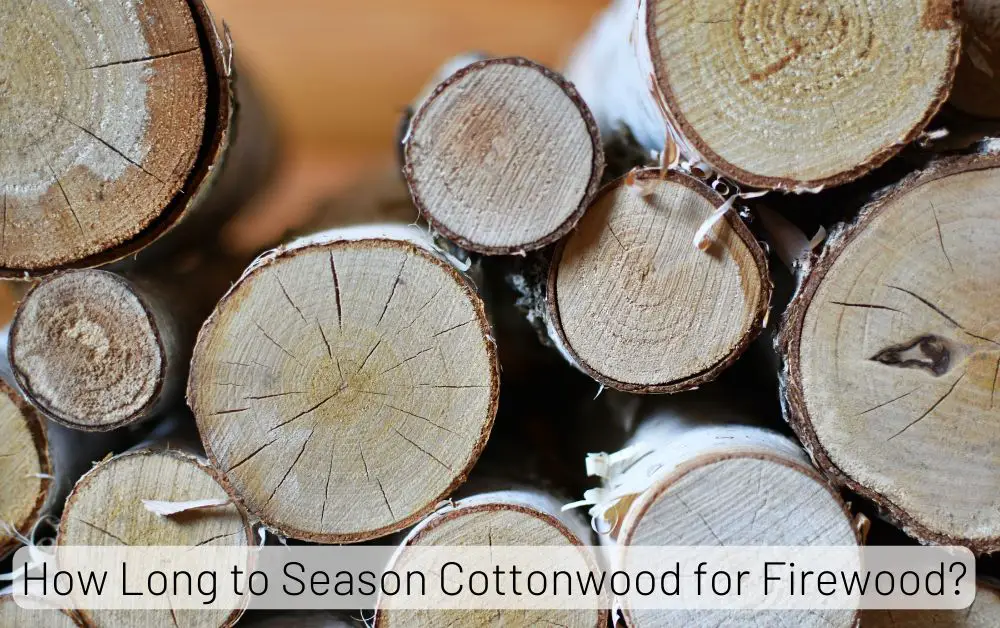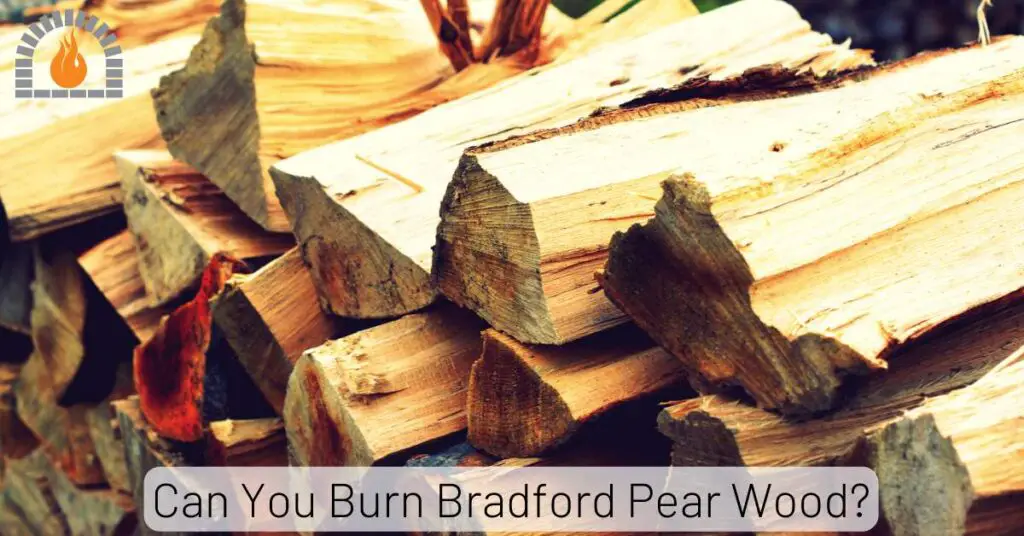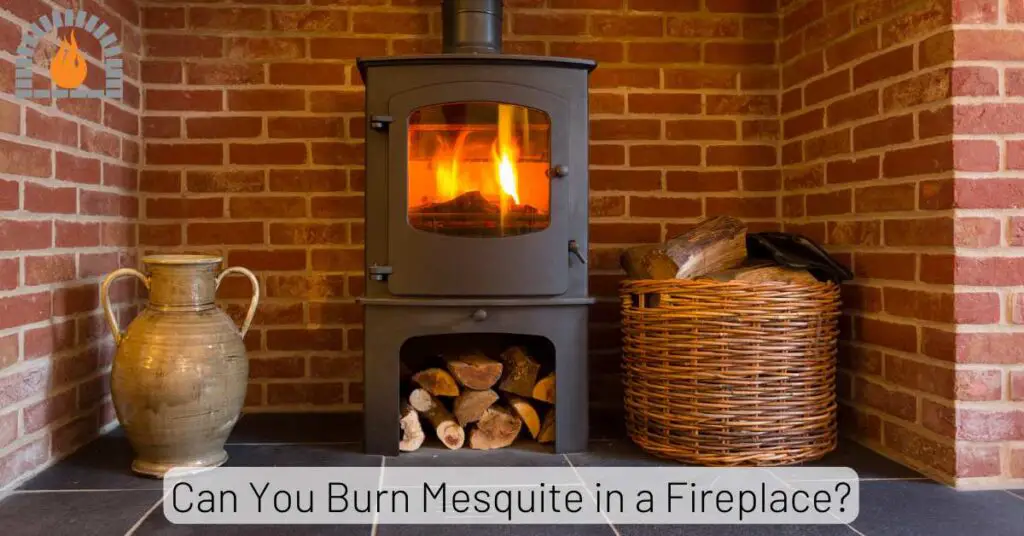If you’re looking for free firewood to heat your home or fuel a backyard fire pit, you’re not alone. With rising energy costs, finding a legal and sustainable source of firewood is more important than ever. But before you start collecting, it’s crucial to understand where and how you can gather firewood without breaking the law.
In this guide, I’ll walk you through the best legal methods to find free firewood, plus key tips to maximize your haul while staying compliant with regulations.
Key Takeaways
- Legal sources of free firewood include tree services, construction sites, and municipal woodlots.
- Avoid illegal collection by knowing local firewood regulations and property laws.
- Proper firewood storage ensures efficiency and prevents pests or mold.
- Consider safety and sustainability when gathering and burning wood.
How to Find Free Firewood Without Breaking the Law
- Check Local Tree Removal and Landscaping Companies
- Visit Construction and Demolition Sites (With Permission!)
- Check City and County Wood Recycling Programs
- Ask Farmers and Rural Property Owners
- Collect Fallen Branches from Public Areas (Legally)
- Use Online Platforms to Find Free Firewood
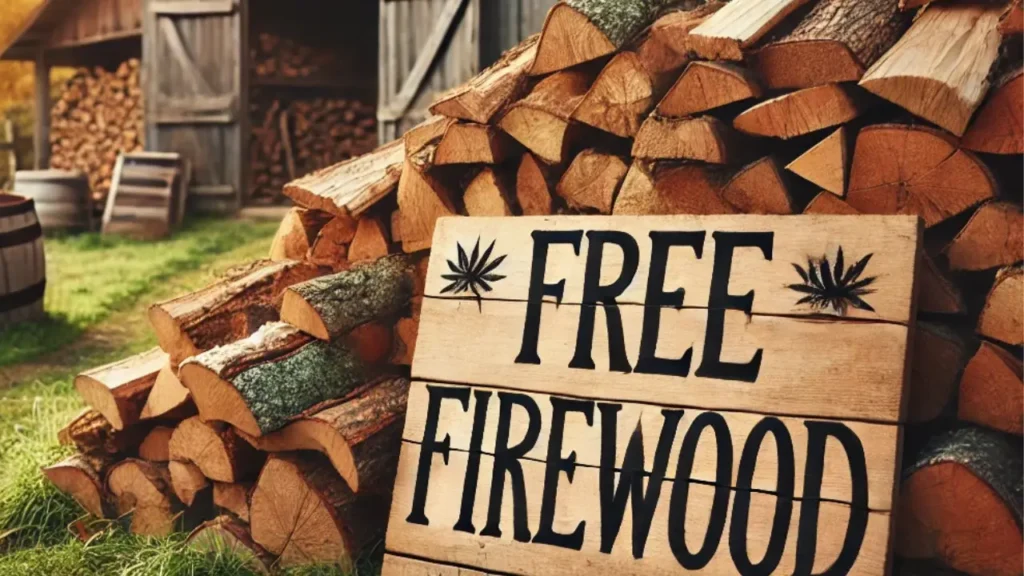
1. Check Local Tree Removal and Landscaping Companies
Tree trimming and removal services often discard large amounts of wood. Many companies are willing to give it away for free instead of paying for disposal.
- Call local tree services and ask if they have leftover wood.
- Check Craigslist, Facebook Marketplace, or Next-door for free listings.
- Offer to haul the wood yourself to make it convenient for them.
2. Visit Construction and Demolition Sites (With Permission!)
Construction sites frequently generate scrap wood from framing, pallets, and old structures.
- Always ask the site manager for permission.
- Look for discarded pallets (untreated wood only) or old beams.
- Ensure the wood is free from paint, nails, or chemicals before burning.
Table: Safe vs. Unsafe Construction Wood for Burning
| Safe Wood | Unsafe Wood |
|---|---|
| Untreated pallets | Pressure-treated wood |
| Framing lumber | Painted or stained wood |
| Old fencing (untreated) | Plywood or MDF |
3. Check City and County Wood Recycling Programs
Many municipalities provide free firewood from tree maintenance programs. Check with:
- Local parks departments
- City recycling centers
- Public land management offices
These sources often have restrictions on how much you can take, so check regulations first.
4. Ask Farmers and Rural Property Owners
Farmers and landowners regularly clear trees from their property. They often have excess wood they’d be happy to get rid of.
- Visit farms and rural properties and ask politely.
- Offer to help with clearing or stacking wood in exchange for some logs.
- Build good relationships for future firewood sources.
5. Collect Fallen Branches from Public Areas (Legally)
You can’t just collect firewood from any public land. However, some places allow small amounts of downed wood for personal use.
- National and state forests (check firewood gathering permits).
- County parks and designated collection areas.
- Always read the regulations before gathering.
6. Use Online Platforms to Find Free Firewood
Several websites list free firewood giveaways from homeowners, businesses, and city services.
- Craigslist (Free section)
- Facebook Marketplace
- Freecycle.org
- Local community groups
7. Harvest Your Own Firewood (Sustainably)
If you have trees on your property, periodic trimming or selective cutting can provide an ongoing firewood supply.
- Cut only dead or fallen trees.
- Avoid cutting young or healthy trees unnecessarily.
- Replant trees if harvesting large amounts.
8. Safety and Legal Considerations
Before you start collecting, be aware of:
- Local firewood transportation laws (some areas prohibit moving wood due to pests).
- Chainsaw safety and proper protective gear.
- Firewood storage (keep it dry and well-ventilated to prevent mold and pests).
Free Firewood Collection Checklist
| Task | Details |
|---|---|
| Research local laws | Check regulations for firewood collection in your area. |
| Contact tree services | Call local arborists or tree removal companies for free wood. |
| Check online marketplaces | Search Craigslist, Facebook Marketplace, or Freecycle for listings. |
| Visit farms or rural areas | Ask landowners for permission to collect fallen wood. |
| Process and store properly | Cut, split, and season firewood for optimal burning. |
How to Collect Free Firewood Responsibly
Whether you’re collecting wood from a neighbor’s yard or public land, always get permission first. Trespassing or taking wood without consent can lead to fines or legal trouble.
Laws about collecting firewood vary by location. Some public lands allow firewood collection with a permit, while others prohibit it entirely. Check with your local forestry service or land management agency for guidelines.
Only take what you need and avoid cutting down live trees. Fallen or dead trees are better for the environment and often easier to process.
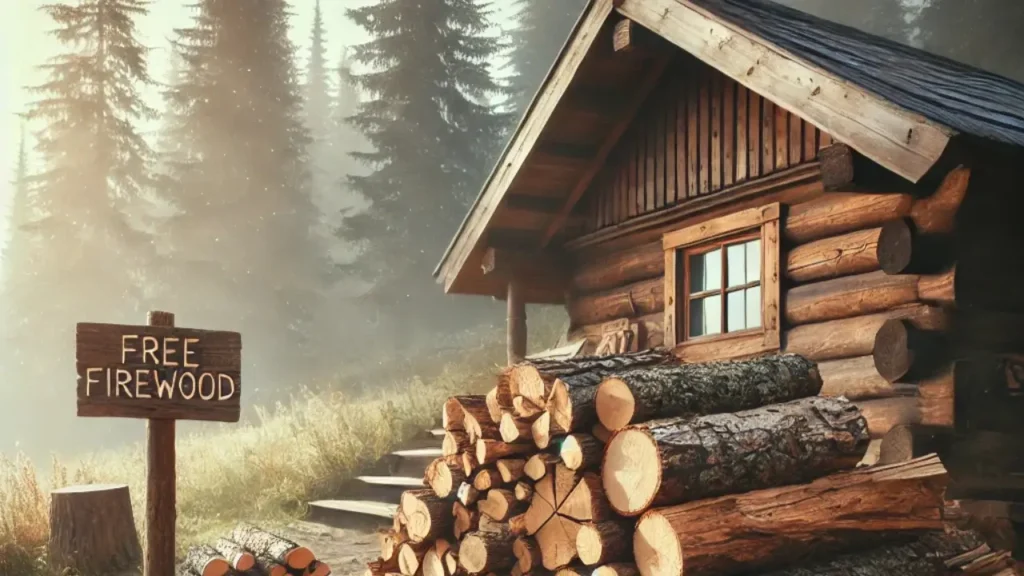
Laws About Collecting Firewood
FAQs
Can I collect firewood from national forests?
Yes, but you typically need a firewood gathering permit from the U.S. Forest Service. Regulations vary by location, so check with local offices.
Is it legal to take wood from the side of the road?
It depends on local laws. Some cities allow it, while others consider it theft. Always ask the property owner or city officials first.
What type of wood should I avoid burning?
Avoid pressure-treated, painted, or plywood, as they release toxic fumes. Stick to natural, untreated hardwoods like oak or maple for the best heat output.
How can I store free firewood properly?
Stack firewood off the ground in a well-ventilated area, preferably covered to prevent moisture buildup. Avoid stacking against your house to deter pests.
Does free firewood burn as well as store-bought wood?
Yes, if properly seasoned (dried for at least 6–12 months). Unseasoned wood produces more smoke and burns inefficiently.
Affiliate Disclosure: Fireplaceadviser.com is a participant in the Amazon Services LLC Associates Program. We may earn a commission when you click on certain links on this site and purchase.

Hello!! I am Jamal Khan. I often fix my home electric heaters and gas stove problems and research the common issues in the heating units to improve my knowledge and expertise. The aim of establishing fireplaceadviser.com is to share my expertise and knowledge with my audience.













